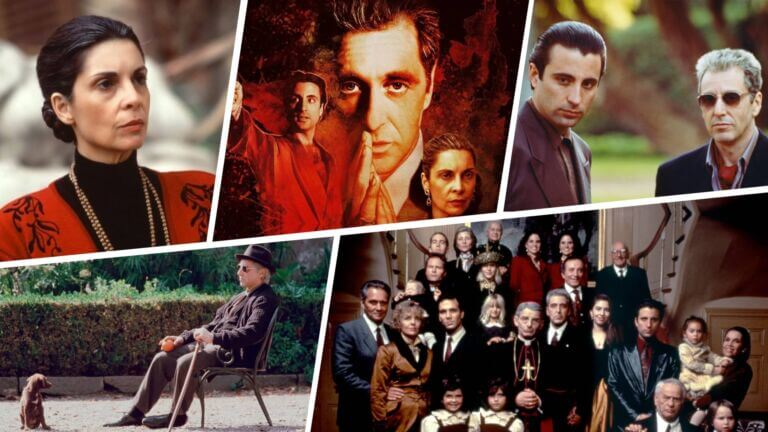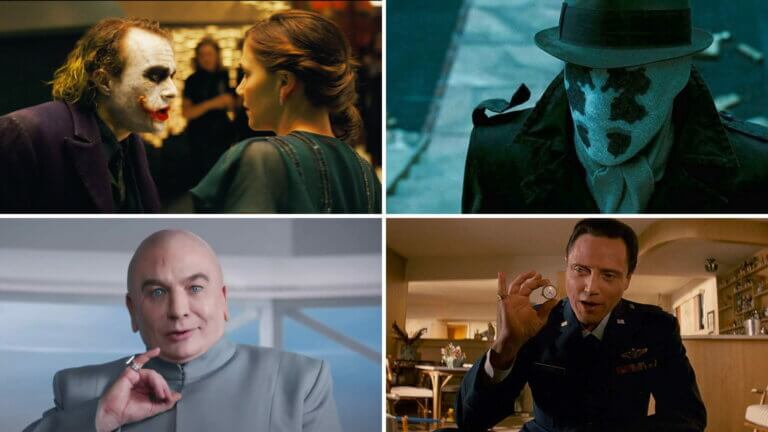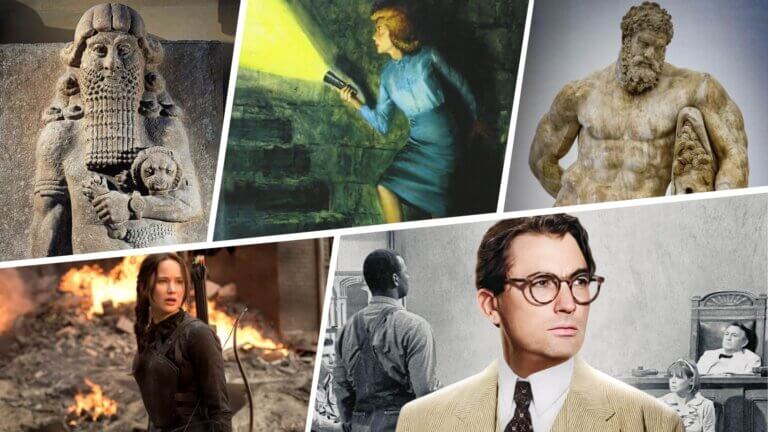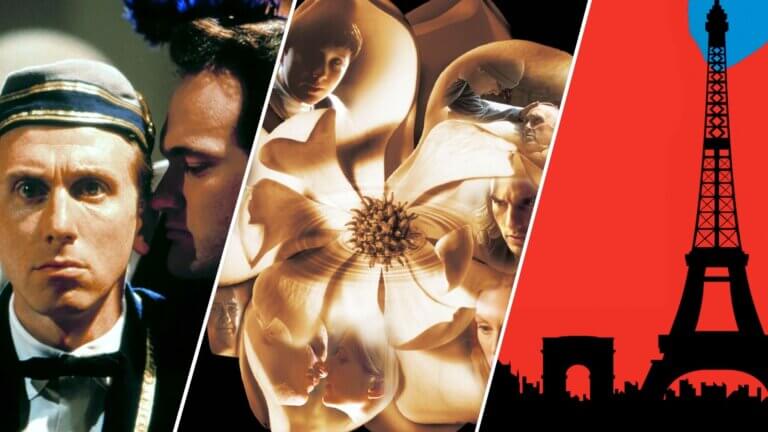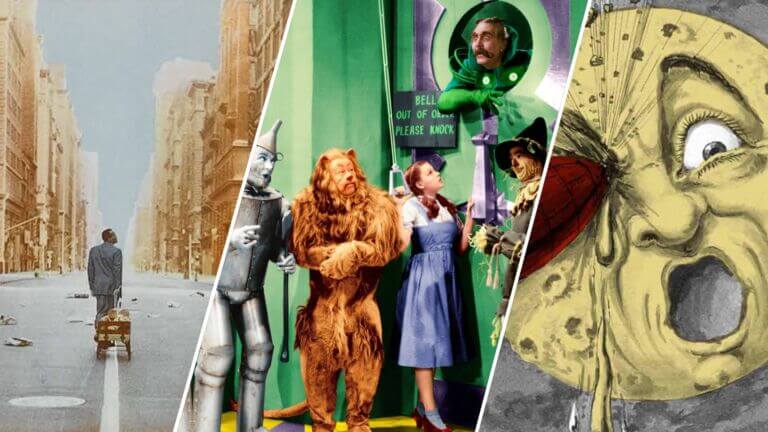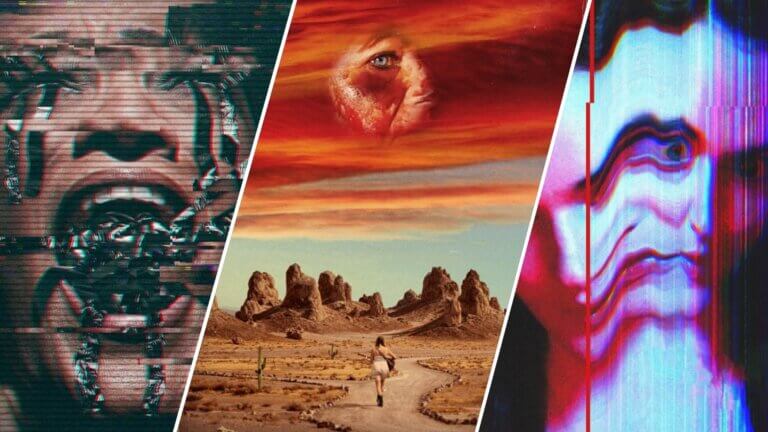You might be pretty familiar with the filmmaking process, but there’s a chance you still might be asking yourself, “What is a shooting schedule?” That’s okay. Unless you’re on the production side of things, you may have never encountered this term. Today, we are going to answer that question and go through some shooting schedule example breakdowns and helpful tips for when you have to make your own. Let’s check it out!Continue reading What Is a Shooting Schedule — And Why You Need One
Parallelism, or parallel structure, is a grammar style that ensures linguistic clarity. We’re going to explore parallelism examples from writing with the goal of better understanding parallel structure. By the end, you’ll know how parallelism works, and how to implement it in your writing. Tip: that last sentence was an example of parallelism in action!Continue reading Parallelism Examples — Writing, Speeches, Shakespeare & More
In 1990, Francis Ford Coppola released the third installment in the universally acclaimed Godfather series: The Godfather Part III. But unlike its predecessors, The Godfather Part III was anything but universally acclaimed. In late 2020, Ford Coppola released a recut version of The Godfather Part III, titled The Godfather Coda The Death of Michael Corleone. We’re going to look at what we can learn from The Godfather Coda by comparing it to the original cut. We’re going to analyze pacing, audio enhancements, and structural differences with the intent of better understanding the final chapter in the Corleone crime family.Continue reading The…
What is an anecdote? In simplest terms, an anecdote is a short story that illuminates a nuanced facet of a greater subject matter. We’re going to break down anecdotes by looking at their definition — and anecdote examples in film and literature. By the end, you’ll know how to recognize and implement anecdotes in your own works.Continue reading What is an Anecdote — Definition, Examples, and Functions
What is a hero? Heroism is a concept we’re taught at a very young age. But is the definition we’re taught really accurate? Today, we’re going to explore the hero definition in a new light by looking at examples in psychology, film, and literature. By the end, you’ll know what makes a hero, and how to make your own characters heroic. Continue reading What is a Hero — Definition, Examples & Types Explained
At one point or another, we’ve all asked the question: what was the first movie ever made? Was it the one with the train robbery? Was it the one where the moon had a face? Both The Great Train Robbery (1903) and A Trip to the Moon (1902) were early examples of movies, but neither was the first one. We’re going to answer the ever-so-elusive question to “what was the first movie ever made?” by placing it in historical context. By the end, you’ll know what the first movie ever made was and some fun facts about the early years…
Long ago, when all television screens and computer monitors looked alike, they shared the same aspect ratio of 4 by 3. It dominated the way early cinema and television looked, but it was not meant to last. In the 21st century, new and emerging technology has resulted in more aspect ratios, like 16:9, leaving 4:3 as somewhat of a relic. But what is 4:3 aspect ratio, how did it get started, and why has it started popping up again in some movies? Continue reading What is 4:3 Aspect Ratio — And Why Do Filmmakers Still Use It?
What is a vignette? The term has the potential to be confusing because it means slightly different depending on which story-telling medium is the topic of discussion. Even within filmmaking, the term can also be used to describe two completely different things. We will sort through this confusion and break down each meaning of ‘vignette.’ We will also take a look at some vignette writing examples in literature and film. Learning this specific writing technique might be exactly what your next project needs. Continue reading What is a Vignette in Writing — Definition & Examples Explained
One of the biggest misconceptions about cinematic history is that color was first introduced to movies around the 1930s. While this is true for specific color processes, filmmakers were attempting to incorporate color into their films as early as the first few decades of motion pictures. What was the first color movie and how did they implement color into film long before the Technicolor’s revolutionary process? What was Technicolor’s revolutionary process? Who is Technicolor? Don’t worry, we’ll dive into all of these questions and more in this article.Continue reading What Was the First Color Movie? — It’s Not What You Think…
Analog horror, an intriguing sub-genre that harks back to a bygone era, has been increasingly prevalent in the horror scene. Fusing elements of nostalgia, suspense, and eeriness, it presents a unique exploration of fear through a retro lens. But what is analog horror and how does it distinguish itself from other subgenres of horror? How does it use elements from the past to evoke fear? Continue reading What is Analog Horror — History and Examples Explained


